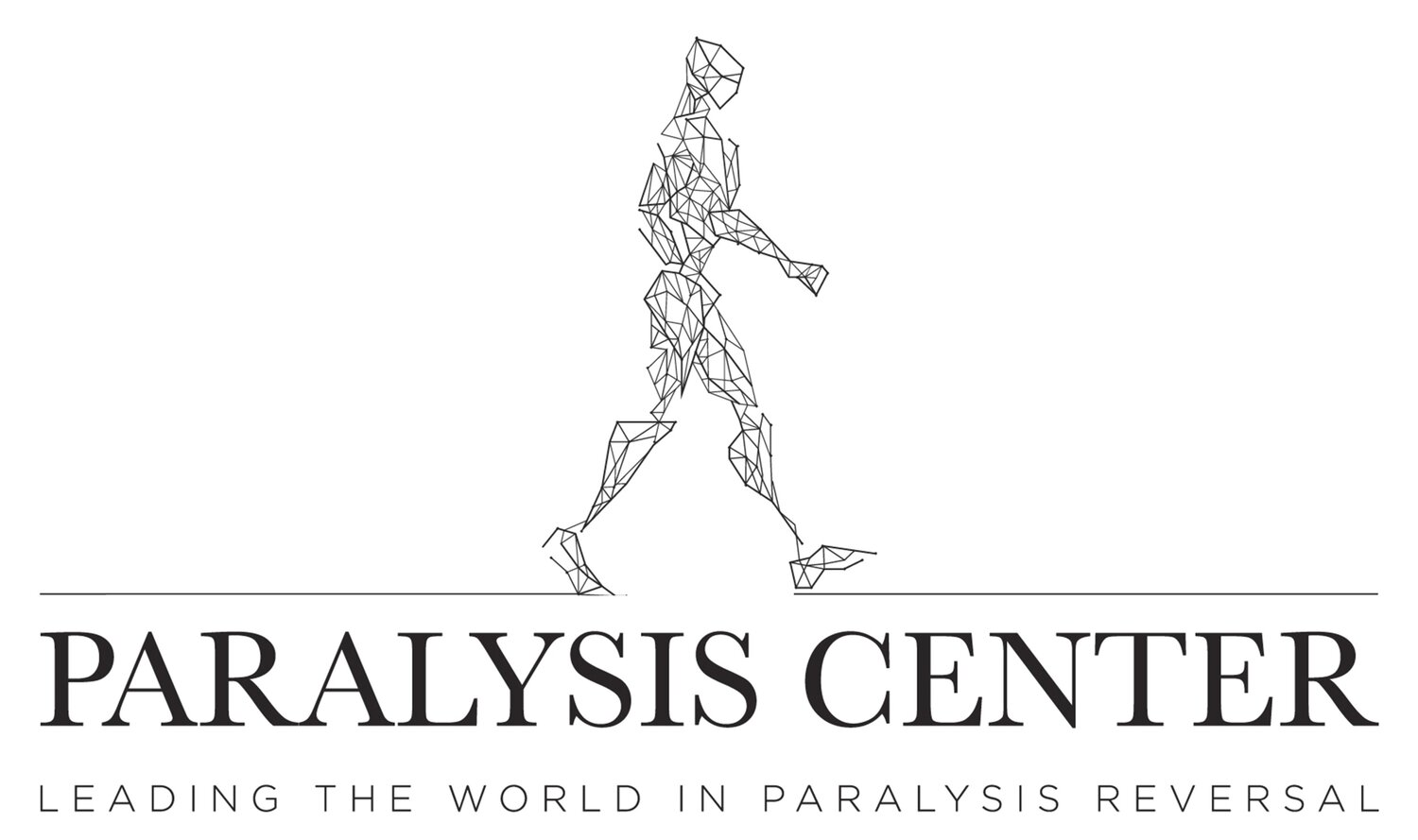Muscle Transplant
Free functional muscle transplant involves taking an “expendable” muscle and transplanting it somewhere else in the body to restore movement. For example, the gracilis muscle from the inside of the thigh is one of many adductors (muscles that pull the thighs together).
It is the smallest of the bunch and losing this one muscle appears to be without any detrimental functional consequence. This muscle (among others) may be transplanted to replace the biceps in the arm, for example.
The transplanted muscle must be connected to an artery and vein in its new location to keep the muscle alive. It then must be connected to a healthy nerve so that it can be used to move the limb.
No Time Limit From Date Of Injury
Just like with a tendon transfers, there is no time limit for performing free functional muscle transplants. This technique of reversing paralysis can be used to restore muscle function many years after you may have sustained the initial injury. At the Paralysis Center, our Paralysis Specialists use a muscle transplant to help restore some very basic arm or hand function to patients who have suffered a paralyzing injury and the time window has ended for primary nerve repair.
How Soon Should I Have It Done?
Unlike in nerve reconstruction, there are no time constraints for performing a free functional muscle transplant. Some patients have undergone this procedure even a decade after their injury and recovered useful function.
Recovery
Following this procedure, the patient must remain in the hospital for several days to ensure that the vessels to the new muscle continue to flow effectively in order for it to stay alive and function in an effective manner. Once the muscle “takes” it will still be some time before it begins to function. Just like in any other nerve repair, a nerve is sutured to the nerve that controls this transplanted muscle. The axons must still grow from that repair site 1mm per day until they reach the muscle and cause it to contract. Because the distance is usually shorter than other nerve repairs, it may be a shorter wait than some other nerve repairs. Your surgeon at the Paralysis Center will select free functional muscle transplant, tendon transfer, nerve transfer, nerve graft, nerve release, or other treatment depending on which techniques offer you the very best chance of recovery for your condition.
Schedule a Consult with the Paralysis Center today (844) 930-1001.
Tips to help you get the most from a visit to the Paralysis Center
Before your visit, write down questions you want answered.
Bring someone with you to help you ask questions and remember what your Specialist tells you.
At the visit, write down the name of your diagnosis, and any new medicines, treatments, or tests. Also write down any new instructions your specialist gives you.
Know why a new medicine or treatment is prescribed, and how it will help you. Also know what the side effects are.
Ask if your condition can be treated in other ways.
Know why a test or procedure is recommended and what the results could mean.
Know what to expect if you do not take the medicine or have the test or procedure.
If you have a follow-up appointment, write down the date, time, and purpose for that visit.
Know how you can contact your Paralysis Specialist if you have questions.

